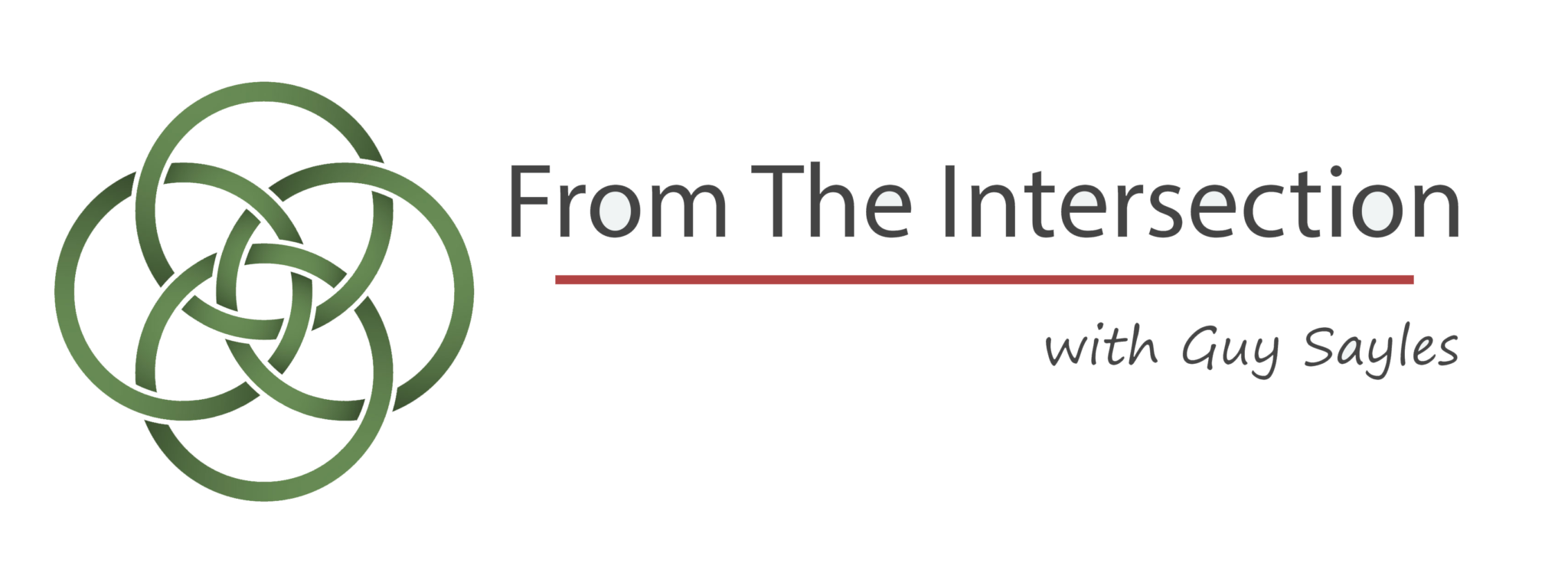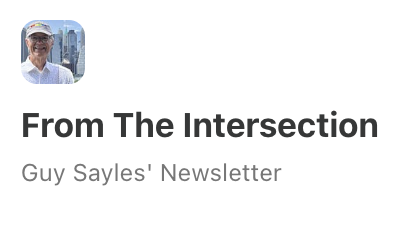I grew up in Atlanta—Martin Luther King, Jr.’s hometown—during the most intense days of the civil rights movement. The center of the movement was in Atlanta’s “Sweet Auburn” district, a vibrant African-American business and professional district, where the Ebenezer Baptist Church also stood. Ebenezer was, of course, the church in which Dr. King shaped his message and found his strength Also in Sweet Auburn were the offices of the Southern Christian Leadership Conference, one of the organizations that helped to guide and coordinate the movement. From my earliest days, therefore, I knew about Marin Luther King, Jr., but not all of the people among whom I grew up honored him. Many of them in fact feared him, because he called into question almost everything they had been taught about race, class, and status.
Since I was in Atlanta, Dr. King’s image and voice were often on television. His speeches were broadcast on stations that were probably reluctant to carry them, but the eyes of the nation were on us, and they had no choice but to cover this local phenomenon who riveted the attention to the rest of the nation. I remember the power of what he said. There was, of course, the sheer dynamism of his voice, his poetic gift for choosing precisely the right word, his impeccable sense of timing, and his unmistakable passion—a passion that burned in his heart and radiated from his life.
And, there were his eyes, I was always transfixed by his eyes. They seemed simultaneously sad and hopeful. They were trained on a distant vista which he could see, but I could not yet perceive.
Even more, though, there was the sheer truth of what he said. As a child, I knew deep in my soul that, no matter what the grown-ups around me though of him, his words echoed what they had taught me to sing in Sunday School: “Jesus loves the little children/ all the children of the world,/red and yellow black and white,/they are precious in his sight./Jesus loves the little children of the world.” I also knew that his words resonated, with the Pledge of Allegiance to the Flag we said every morning at school; that pledge had convinced me that America was supposed to be a place where there was “liberty and justice for all.” Dr. King was speaking the truth, and I knew it, and his truth, slowly at first, and often painfully, is, setting me free.
Notice, that I said “is setting me free,” not “has set me free.” Unlearning fear and prejudice—rooting bias and hatred out of one’s heart—requires a lifetime of work. It takes discipline to make room for people against whom we have been taught to slam the door. Dr. King’s message is not something we can hear once, agree with intellectually, and be done with it. Instead, we have to ponder it over and over again, take it into our hearts, and struggle with it in our day to day living.
These days, I am challenged more and more by Dr. King’s vision of this nation as a “Beloved Community.” In his last book, he wrote:
When I speak of love, I am speaking of that force which all the great religions have seen as the supreme unifying principle of life. Love is the key that unlocks the door which leads to ultimate reality. This Hindu-Moslem-Christian-Jewish-Buddhist belief about ultimate reality is beautifully summed up in the First Epistle of Saint John: “Let us love one another; for love is of God: and everyone that loveth is born of God and knoweth God. He that loveth not knoweth not God: for God is love . . . If we love one another, God dwelleth in us, and his love is perfected in us.”
In our shared life, we have to learn more about what it means to create and sustain a community of genuine and mutual love.
Dr. King knew, as we know all too well, that there are real differences between us. He wrestled with the fears caused by our racial differences, by our vast varieties of background and culture, and by our dizzying diversities of experience and conviction. He also warned us about our economic and class disparities—the chasm between rich and poor, insiders and outsiders.
You and I know all about our differences; in fact, we seem to dwell on them: black and white, red and yellow, Democrat and Republican, Occupy and Tea Party, First World and Third World, East and West, male and female, straight and gay, county kids and city kids, conservative and liberal, agnostic and seeker.
These differences are real, and we cannot pretend that they do not exist. Precisely because they do exist, unless we are very careful, they will divide us from each other. If our nation is to be a Beloved Community, we are going to have to be vigilant about our own hearts, refusing to let fear win out over love. We have to find a way to live with our differences, by pressing past them to what we share in common.
Here is what we share: we are all created in God’s image, we all deserve respect and freedom, we all crave opportunity and need support, and we all have hopes and dreams that cannot come true if we fear and mistrust each other. In the Beloved Community, these things we share in common transcend what might otherwise divide us. Our differences do not have to be a reason for suspicion; they can be an invitation to learn and to grow.
In the Beloved Community, we are free to disagree with each other vigorously, but we are bound by love to treat each other with dignity. And, in the Beloved Community, no one fears that he or she will be shunned or excluded because he or she is different, because love is always greater than fear.
Discover more from From The Intersection
Subscribe to get the latest posts sent to your email.


Recent Comments